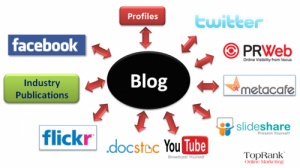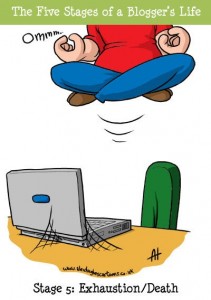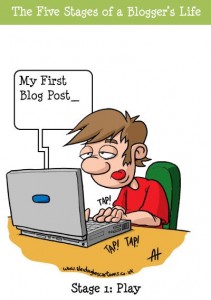1. What policies govern your uses of ICT in your school setting?
Unfortunately, my school does not communicate specific policies regarding ICT use. There is a general code of conduct, with regards to rights and responsibilities found here: https://www.surreyschools.ca/schools/lamath/About/PoliciesProcedures/CodeofConduct/Pages/default.aspx. Also, there is a district 36 outline of policies and consequences available at https://www.surreyschools.ca/schools/laronde/Publications/Computer%20Acceptable%20Use%20Policy.pdf. Essentially, the Surrey district’s standards would be the guiding parameters for my North Surrey secondary school, L.A. Matheson, but unfortunately, they are not clearly communicated, or even linked to within our digital school hand-book or school web site.
2. What digital technological resources do you have available for teaching and learning in your school setting?
I have been told by our school’s Technology Coordinator that we are the second lowest in the district for technology resources. Our library is well equipped with computers and a SMART board. We have three computer labs used for business education, IT and entrepreneurship classes, as well as 2-3 computer labs that use flexible scheduling for classes to book and utilize. Every department has approximately 2 projectors, with necessary HDMI cables to attach to teacher laptops. There is also 1 and 1/2 mobile carts of laptops and 1 ipad cart reserved for four classes. Our network capacities, like most range in their speed and their ability. Technology problems abound at Matheson, as well as any other school. We have quite a bit, and teachers are flexible, making do with what they have available and what they bring from home, yet the disparity between districts and even schools is substantial, and felt in its daily impact.
3. Please provide an example of an exemplary use of digital technologies for teaching and learning that you have observed or experienced personally.
Personally I have found Edmodo to be an exceptional digital technology platform as a teacher and a professional learner. One of the courses I teach is the Humanities Co-op. With this comes the challenge of having your thirty students spread all over the lower mainland for three weeks at a time. My former teaching partner and I used Edmodo to create a virtual classroom in which, much like this course, students participated in weekly online discussions, reflections, job-photo sharing and more. It became a very unified and supportive learning community where students were connected, self-regulating, but also substantially supported. I have also found this platform to be a wealth of sharing and professional learning as an educator, and use it for inquiry, sharing, discussion and teaching ideas and resources.
4. Please provide an example of a problematic use of digital technologies for teaching and learning that you have observed or experienced personally.
Although I have had my fair share of technology hiccups and flops, usually with frustratingly cumbersome logins for thirty students, or failed access when students are showcasing their learning, their teaching of peers, I find these issues straining but manageable. However, recently a colleague of mine struggled immensely with students’ misuse of Twitter, attached to her course, her assigned project. Students had used the class’s/project’s Twitter account to publish violent and sexual comments. I would be interested in what colleagues are doing to curb such misuse, including their social media teaching, platforms, and school policies and practices.
5. Please provide a brief history of how you learned to use digital technologies (personally and professionally).
School has been my starting point earlier in my life. My first email account, and use of discussion forums, digital libraries and more was through SFU and UBC courses requiring these components. Then it has been trial and error, through long hours of exploring, trying, becoming lost in “the black hole” that can be the internet, and re-emerging “victorious,” or at least competent.
However, although much of my learning has been self-directed and through experimentation, without the inspiration and support of collaboration between colleagues I would be far less experienced in digital technology use.
6. How would you rate your digital technological proficiency? 0 = low level of proficiency -> 10 = high level of proficiency? Why did you give yourself this rating?
Realistically, I would qualify my proficiency as a 6. I have made use and experimented with numerous technological tools, and often work towards proficiency in each on my own or with others. Nonetheless, the sheer breadth of technology overwhelms me. Also, smart technology ensures many experiences in my life are user-friendly, but I know little about the programming aspect of technologies. If the computer does not assist, or automatically suggest steps for me, I am often floundering for the next step.
7. What do you hope to accomplish in this course?
I’m a voracious learner. I hope to learn. Anything and everything that can enrich mine and my students’ lives. Further, I hope to take the time to specialize and work towards mastery in one area, one resource, rather than flitting from new tool to new tool. And finally, the issue of our online selves and ensuring that I am the cognizant author of my digital self is an important area I would like to develop.



